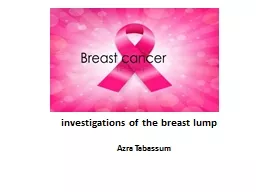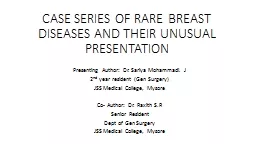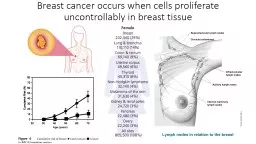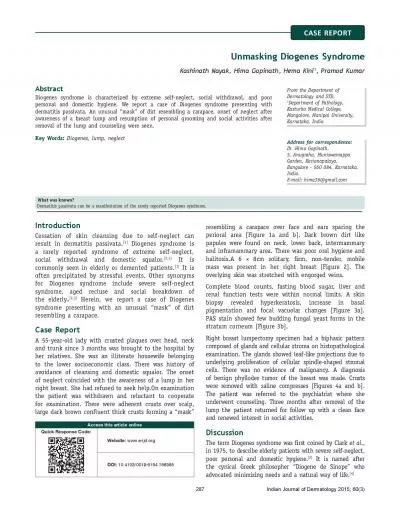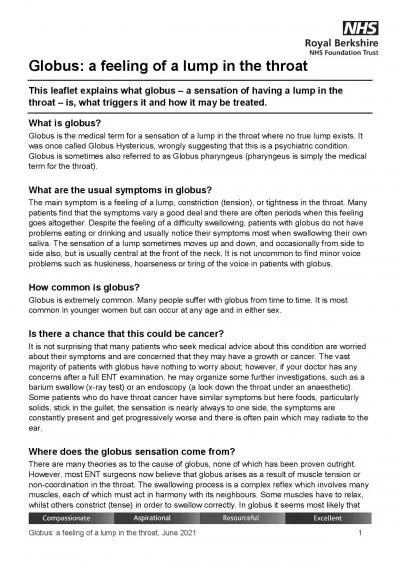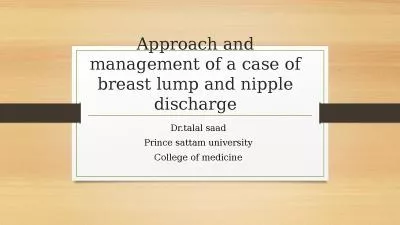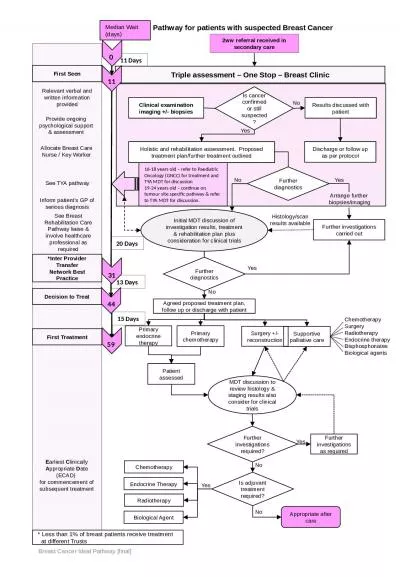PPT-investigations of the breast lump
Author : kittie-lecroy | Published Date : 2017-09-02
Azra Tabassum Facts about Breast cancer Worldwide increasing incidence gt 1 million newly diagnosed cases each yr 2 nd
Presentation Embed Code
Download Presentation
Download Presentation The PPT/PDF document "investigations of the breast lump" is the property of its rightful owner. Permission is granted to download and print the materials on this website for personal, non-commercial use only, and to display it on your personal computer provided you do not modify the materials and that you retain all copyright notices contained in the materials. By downloading content from our website, you accept the terms of this agreement.
investigations of the breast lump: Transcript
Download Rules Of Document
"investigations of the breast lump"The content belongs to its owner. You may download and print it for personal use, without modification, and keep all copyright notices. By downloading, you agree to these terms.
Related Documents

